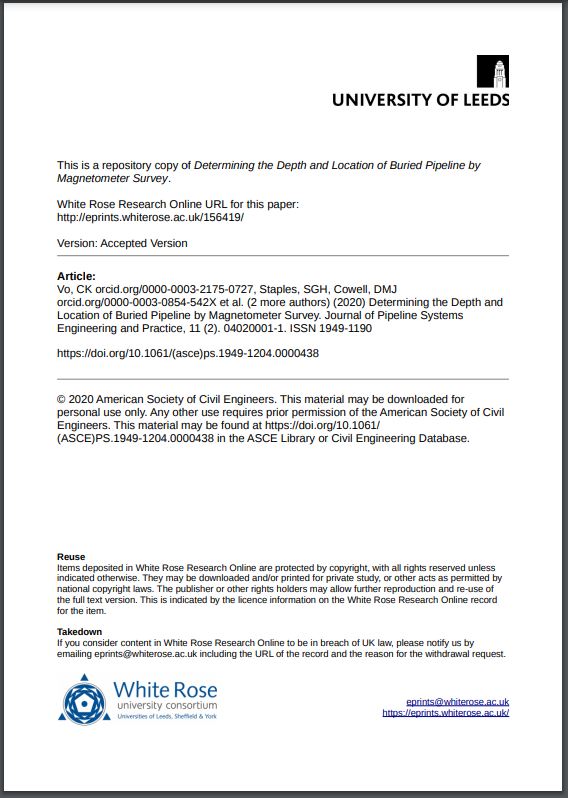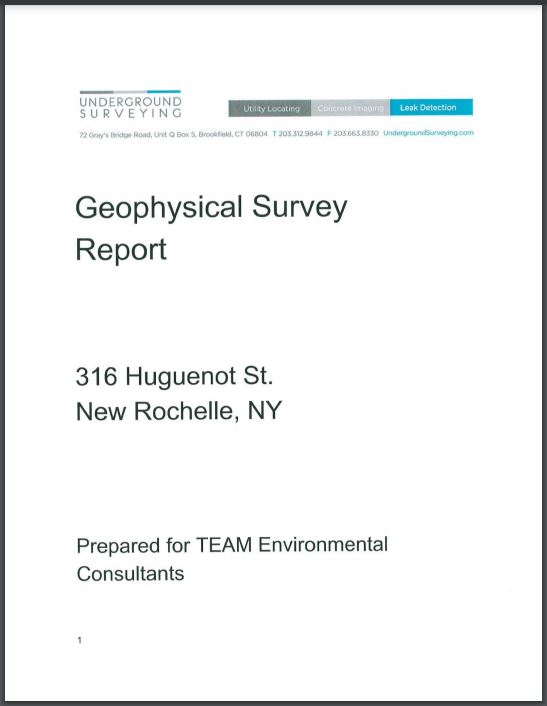 CCTV (Closed Circuit Television)
CCTV (Closed Circuit Television)
CCTV (Closed Circuit Television) for utility locating is a technology employed to inspect and map underground utilities and infrastructure without excavation.
This method is highly effective in identifying the condition, location, and depth of buried utilities such as sewer lines, water pipes, gas lines, and telecommunications cables.
The use of CCTV in utility locating offers a non-destructive way to assess and diagnose the underground infrastructure, ensuring minimal disruption to the surrounding area and reducing the risk of damage to these utilities.
Applications
Insertion of a Camera: A specialized CCTV camera is inserted into the utility line, often through existing access points such as manholes or small-diameter entry points drilled for this purpose.
Remote Navigation: These cameras are typically mounted on robotic crawlers or pushed through pipes on flexible rods, allowing operators to navigate them remotely through the utility networks.
Real-Time Imaging: The camera transmits real-time video footage back to the operator, who can inspect the condition of the utility, identify any blockages, leaks, or damages, and locate connections and junctions.
Recording and Analysis: The footage can be recorded for further analysis, enabling engineers and technicians to make informed decisions about maintenance, repair, and replacement needs.
Advantages
Precision and Safety: Provides precise information about the location and condition of underground utilities, reducing the risk of accidental strikes during excavation work.
Cost-Efficiency: By accurately locating and diagnosing issues without excavation, it can significantly reduce the costs associated with exploratory digging and subsequent repairs.
Minimized Disruption: As a non-invasive method, it minimizes disruption to traffic, businesses, and residents, and preserves the integrity of the surface above the utilities.
Proactive Maintenance: Facilitates proactive maintenance and planning, helping to prevent catastrophic failures by identifying potential issues before they become serious problems.
Applications
Sewer and Water Pipe Inspections: To check for blockages, cracks, tree root intrusion, or other damages.
Conduit and Duct Inspections: For telecommunications and electrical utilities, to ensure the conduits are free of obstructions and in good condition.
Environmental Assessments: To investigate potential contamination sources or to monitor conditions in sensitive areas.
Infrastructure Mapping: To create accurate maps of underground utilities for planning, maintenance, and future development purposes.
Limitations
Accessibility: The effectiveness of CCTV inspections can be limited by the accessibility of the utility network, with some sections potentially being unreachable due to blockages, narrow pipes, or lack of access points.
Visibility: In some cases, visibility can be poor due to murky water or the presence of debris, limiting the quality of the inspection.
Interpretation: Requires experienced operators to accurately interpret the video footage and identify issues, which may involve a learning curve or specialized training.
Summary
Despite these limitations, the use of CCTV for utility locating is a powerful tool in the management and maintenance of underground infrastructure, offering a blend of accuracy, efficiency, and safety that traditional excavation methods struggle to match.

 CCTV Research Papers
CCTV Research Papers
